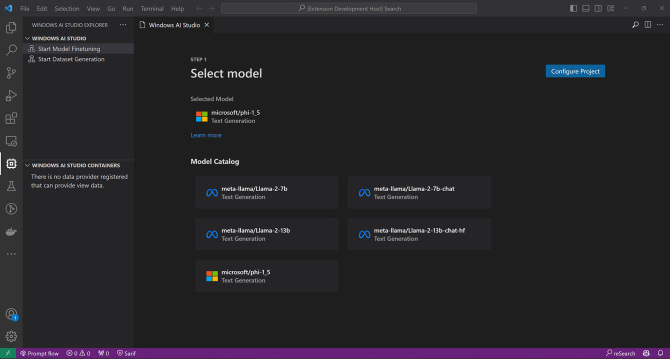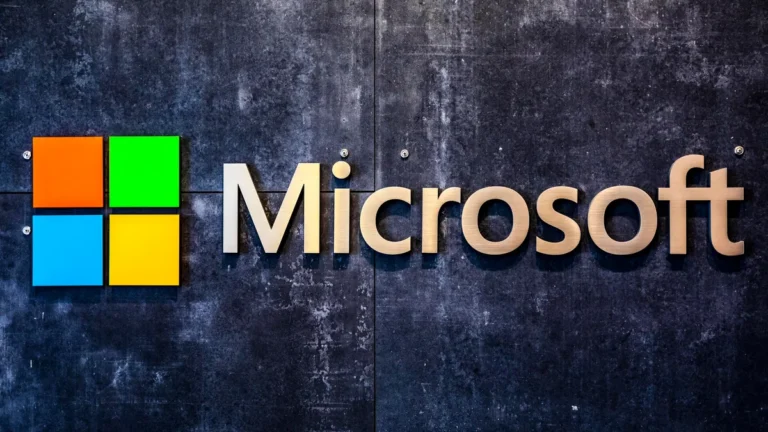Microsoft advises developers to make use of Windows’ integrated Linux subsystem.
The company has been releasing AI tools for both consumers and developers, including the recently announced Windows AI Studio. However, developers wishing to try Microsoft’s newest AI tool may be surprised to learn that Windows AI Studio requires Linux and cannot run on Windows. Microsoft has been at the forefront of generative AI, no doubt spurred by its massive investment in ChatGPT maker OpenAI.
Another attempt by Microsoft to promote the creation of native Windows apps is Windows AI Studio, which provides developers with a suite of tools to incorporate generative AI into their apps. The templates and step-by-step instructions help developers implement sophisticated language models such as Microsoft’s Phi and Meta’s Llama 2.
Though it may seem odd to see Microsoft requiring Linux for a development tool, Linux is not really a rival to Windows; while Linux is popular in development and web hosting environments, the day of the Linux desktop is probably far off. What is possible, though, is running Linux inside of Windows, which is what Microsoft recommends for Windows AI Studio.
The Windows Subsystem for Linux (WSL) just so happens to support Ubuntu 18.04 or later, which is the minimum version required to use this tool. The new AI tool is distributed as a Visual Studio extension, so you will need to install VS Code beforehand. Microsoft designed WSL so that they can interact, and VS Code can run on Windows while using WSL as a data source.

One other significant but less unexpected limitation of the tool is that Windows AI Studio requires an Nvidia GPU. Although all video cards have highly parallel architectures and can theoretically handle machine learning workloads, Nvidia’s significant investment in AI has made its cards the go-to platform for AI development.
Though you will probably still need Linux for development, Microsoft has already mentioned that the Windows AI Studio will eventually have optimized models for a variety of Windows GPUs and NPUs—the latter of which we will see more often as new CPUs and SoCs arrive with desktop machine learning hardware. The Windows AI Studio is still very new, so we expect more robust hardware support to come later.

